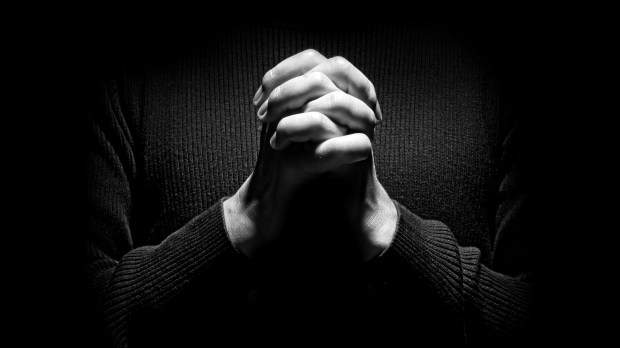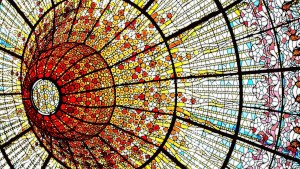Lenten Campaign 2025
This content is free of charge, as are all our articles.
Support us with a donation that is tax-deductible and enable us to continue to reach millions of readers.
At a recent papal audience, Pope Francis made an astute comparison between prayer and music. While discussing the importance of prayer, the pontiff mused:
“Prayer is a kind of musical score, where we put the melody of our lives.”
This quick observation was meant to support the pope’s larger lesson about prayer, but it struck a chord in us. The practice of prayer is extremely similar to music. Each has a meter, set and defined lyrics, and even a tone. In addition, both prayer and music are made bigger when performed in a group.
Meter
Perhaps the greatest similarity between music and prayer is found in their meter, or cadence. This is the rhythm of a prayer or a song. Imagine a church full of faithful reciting the Lord’s Prayer as one. Rather than charging through the prayer at constant speed, each important line of the prayer is separated by a pause.
Even the shortest prayers contain these pauses. Consider The Jesus Prayer:
“Lord Jesus Christ, Son of God, have mercy on me, a sinner.”
These pauses are what form the cadence of a prayer, just as rests form a rhythm in music. As any jazz musician will attest, the rests are as important as the notes. This is just as true for prayer as it is for music. These pauses lend emphasis to the most important moments of a prayer.
The cadence also acts as a unifier, keeping everyone together as they pray. In this, the priest becomes the conductor of the prayer, and the congregation his orchestra. In the case of the Lord’s Prayer, he begins with “Our Father” and then sets the rhythm with a pause. Each pause is what helps keep the faithful on tempo and praying as one.
Lyrics and tone
Just as songs have set lyrics, prayers are constant and unchanging. When an artist covers a song, it would be a faux pas to change the lyrics, and this is especially true of prayer. Words are powerful and each word of a prayer is written with care and purpose. The power of words is one of the first things the Bible teaches in Genesis 1:
In the beginning, when God created the heavens and the earth and the earth was without form or shape, with darkness over the abyss and a mighty wind sweeping over the waters. Then God said: Let there be light, and there was light.
It was the Word of God that was the impetus for creation. The sound of God’s voice alone organized light to spring into existence. In a similar way, music is the organization of sound, be it a frantic melody or a monotone prayer. Even if the cacophony of dozens of parishioners speaking in their own timbre and tone may not sound like music, it is a musical style.
In fact, simple prayer recitation is the basis of plainchant. This in turn developed into the polyphonic tradition, which eventually evolved into the Church music we have today. In this sense, it could be argued that even the pop hits we hear on the radio can be traced back to simple recited prayer.
Ensemble performance
In concert, a solo performance can be wonderful, but it is always made grander with the addition of more musicians. This is also how prayer works. Each of us is called to pray to the Lord, to create a personal relationship with God, and offer Him praise in our daily lives. The prayer becomes even more powerful, however, when we pray as a community.
Jesus himself instructed us in Matthew 18:
“For where two or three are gathered together in my name, there am I in the midst of them.”
Suddenly, the cacophonous voices have become a harmony, supporting Jesus Christ who is the guest star for the song. A small chapel becomes akin to an underground music show and a basilica turns into a major concert arena — all raising the music that is prayer to the Lord.


